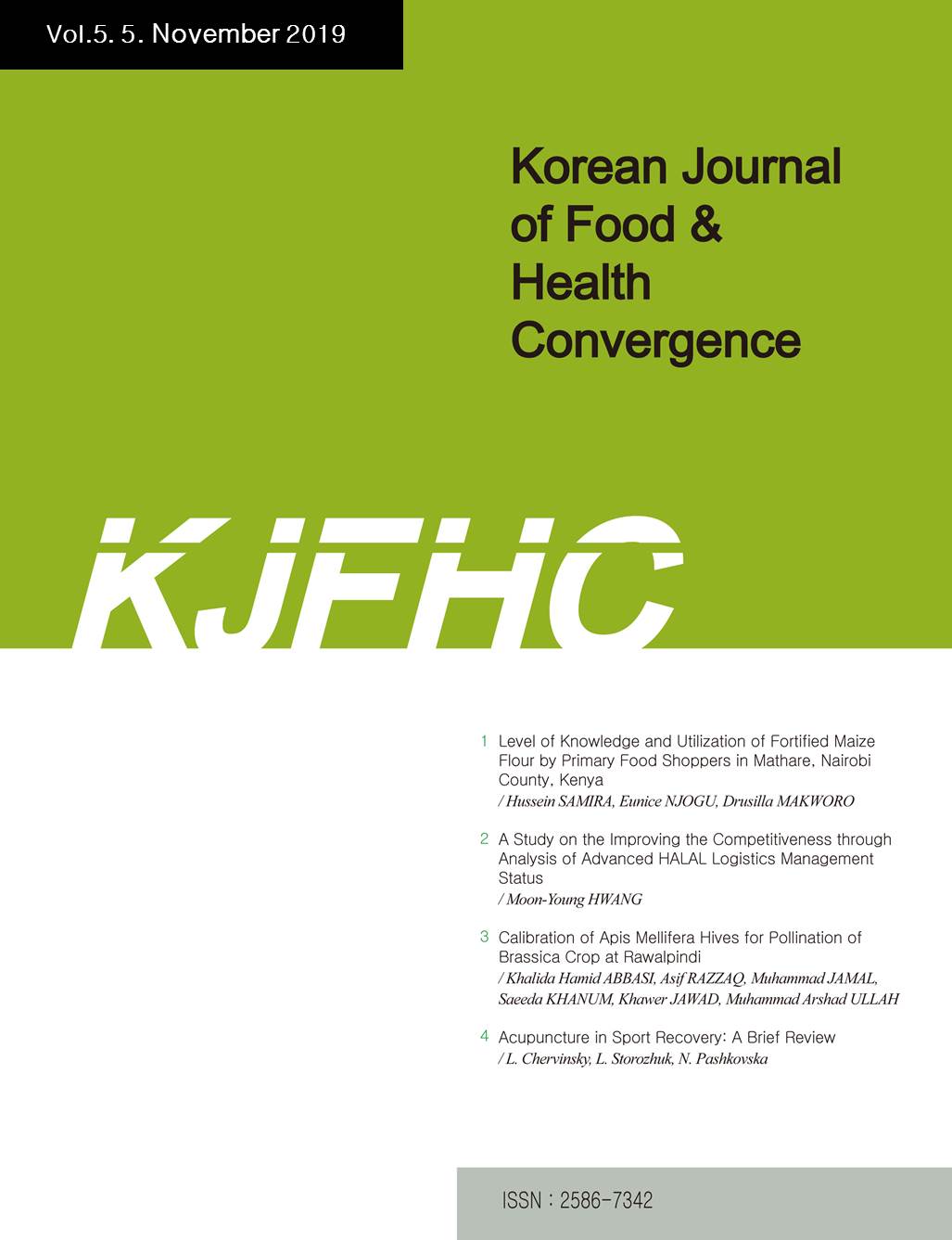 E-ISSN : 2586-7342
E-ISSN : 2586-7342
OZTEKIN, Aysah
ARICI, Elif
SAHIN, Fatih
Abstract
The goal of this study was to quantify the content of heavy metals (Zn, Cu, Cd, Pb, Hg) in the bivalve Mytilus galloprovincialis, which was obtained from the Black Sea's Sinop peninsula, as well as estimate the health risks. Concentrations of heavy metals in mussels' soft tissues ranged between 16.4-21.8, 0.52-0.93, 0.13-0.45; 0.015-0.019 and 0.006-0.011mg kg<sup>-1</sup> wet weight for Zn, Cu, Pb, Hg and Cd, respectively. In general, metal concentrations in mussels were quite low. In mussels, Zn was the most prevalent element, followed by Cu. Regarding the monthly variation, although relatively higher tissue metal concentrations were observed in August compared to July, no statistical difference was found. The estimated daily intakes did not exceed the tolerable intakes. There was no health risk since the total hazard index was far below critical value 1. This demonstrates that eating mussels from the Sinop coasts in 2019 does not cause any health risks in infants, children, or adult. Mussels have a risk index of less than 10<sup>-6</sup>, which is considered insignificant. In conclusion, the results of this study show that there is no heavy metal pollution in the mussels collected from Sinop coasts.
- keywords
- Black Sea, Sinop, Mytilus galloprovincialis, heavy metals, hazard index
- Downloaded
- Viewed
- 0KCI Citations
- 0WOS Citations
